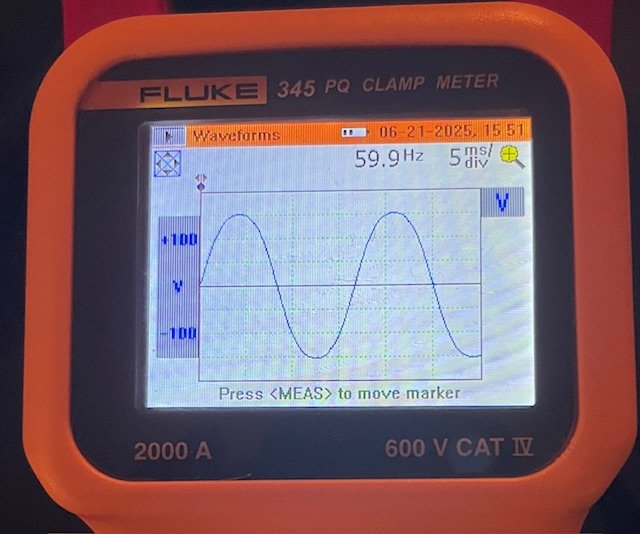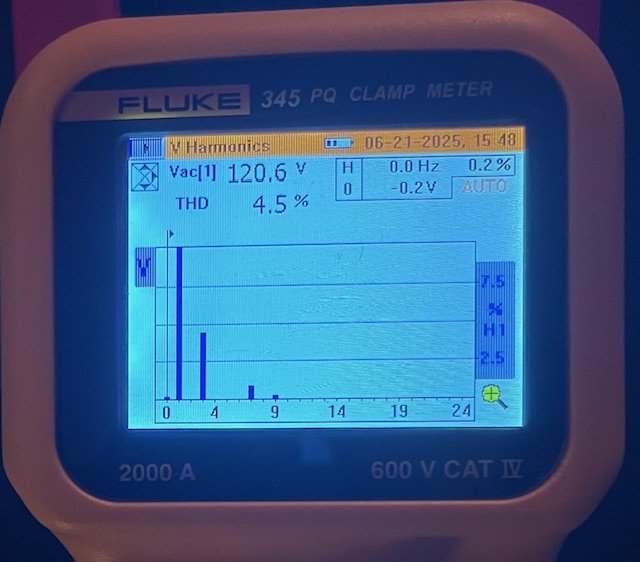We will just have to agree to disagree then. I know folks with Puritans, regenerators that cost that of a nice vehicle and Shunyata products that still are effected when other noise abaiting devices are used before, in or after the unit. I have experienced this myself first hand in multiple high end systems.
I have yet to come across any device that eliminates all noise. I wish not to get into an argument or even debate this. I am just relaying what my experiences have been, based upon what these ears tell me and have taught me over the years. If you want to believe otherwise? I have no issues with that at all, and I'll just leave it there. The only thing else I will say is this. My experience has taught me that my statement is not false.
Tom
When you employ a small sample size in observations its highly likely that conclusions drawn from such will have a high degree of error; that is a particular form of logical fallacy.
When it comes to AC line noise, measurements can be particularly useful. Without having done any, its very possible that some of the equipment mentioned (as I alluded to earlier) will in fact make things worse.
I've stated this elsewhere, but IMO/IME a lot of AC line products offered to high end audio are so much junk and no surprise someone like yourself might come to the conclusion that they make things worse, simply because they are.
What I was suggesting is that you try equipment that is actually known the make the line quieter and (more importantly) lower distortion. I've not found that much out there offered to high end audio that really does the job. The PSAudio regenerators seem to be the best. But if you look beyond high end audio, there are conditioners made that actually do (or did) work. Elgar comes to mind; in the 1970s they made a range of power conditioners that were quite effective, with high current capacity, guaranteed distortion at full load and AC line Voltage regulation.
Anything passive is going to be a filter of some sort, unless its a transformer of some kind, in which case its likely to introduce distortion.
So I'm not saying you are wrong- simply that your statement was. I suspect your experience of limited sample size is correct- I've experienced that many times myself. Our OTL amps draw enough power that most 'high end audio' AC line products are instantly in over their heads, so as a result I often recommend people plug the amps straight into the wall for best effect, unless they are willing to invest in a proper AC line conditioning.
I don't understand this comment. I get doing nothing fixes nothing. And I get missusing or improperly applying a Iso Transformer will actually create more noise.
I thought the comment Tom made was no filter eliminates all noise. I would agree with this. Even my basic Fluke scopemeter shows low order harmonics walk right through every Shunyata, AQ, Isotek, Torus filter I have measured. And the fact that the frequencies they do filter well show measurements of say a 80db reduction in noise says they didn't eliminate all the noise. Much of it at certain frequencies, but not all.
Good point- there are two ways to interpret his words.
However if you have a proper line conditioner you may find that it can do quite a lot more mitigating line noise than you may have previously thought possible. You might have a go with one of those Elgar conditioners I mentioned, although in my experience they usually need refurbishment when you find one in condition worthy of giving it a go.











